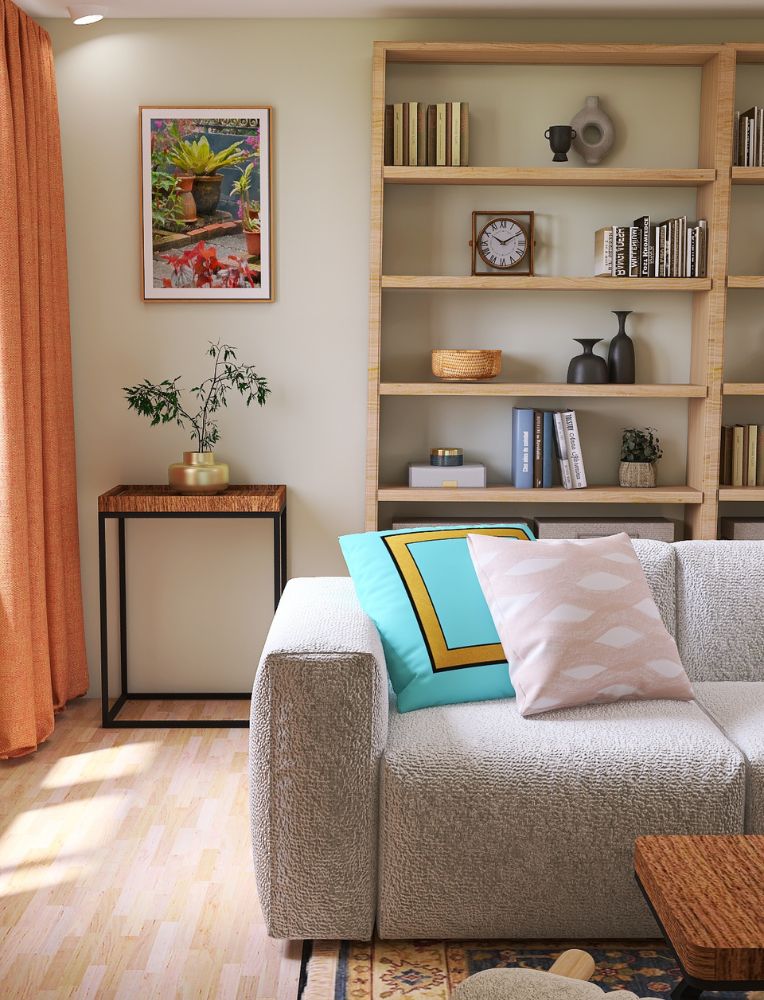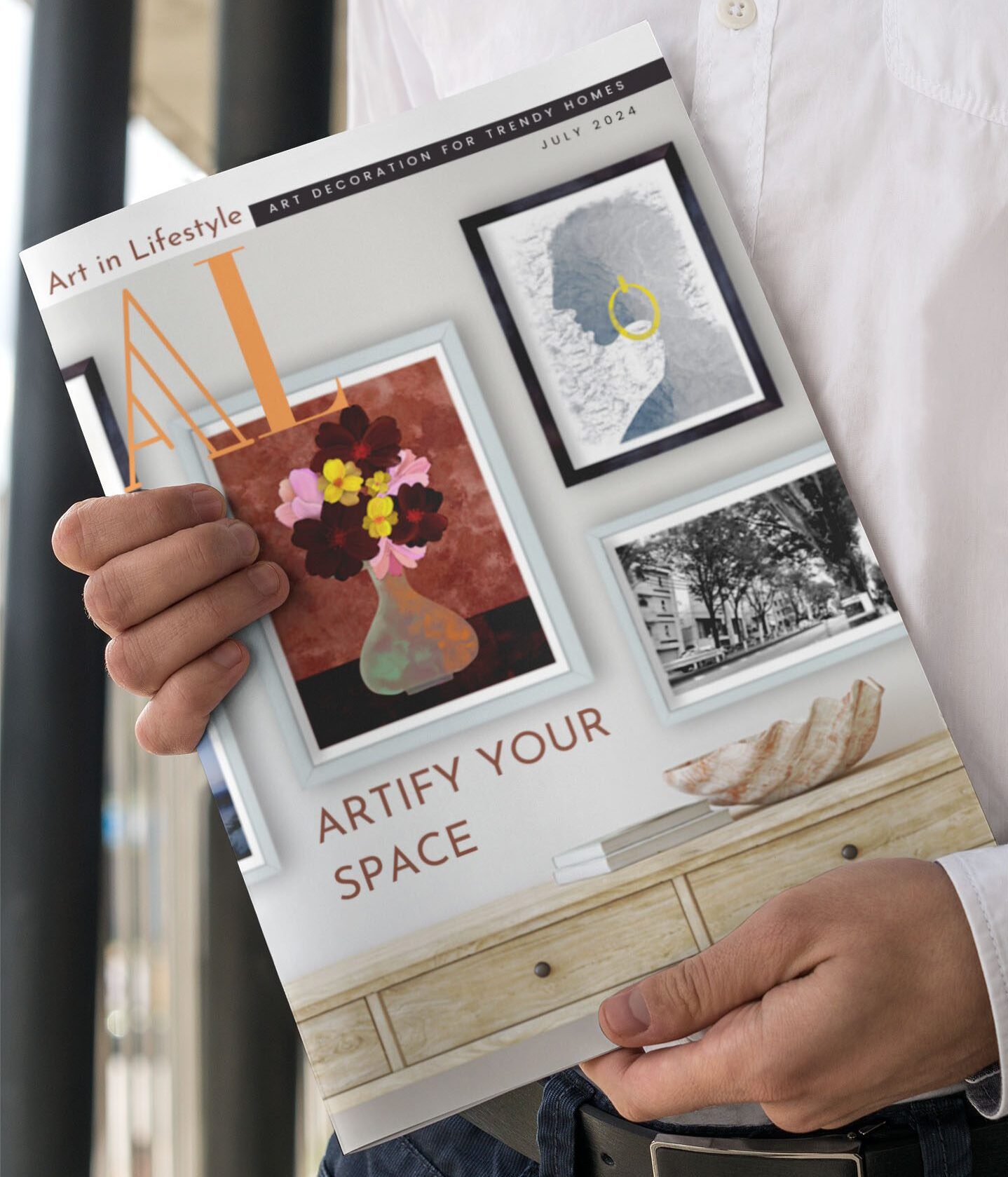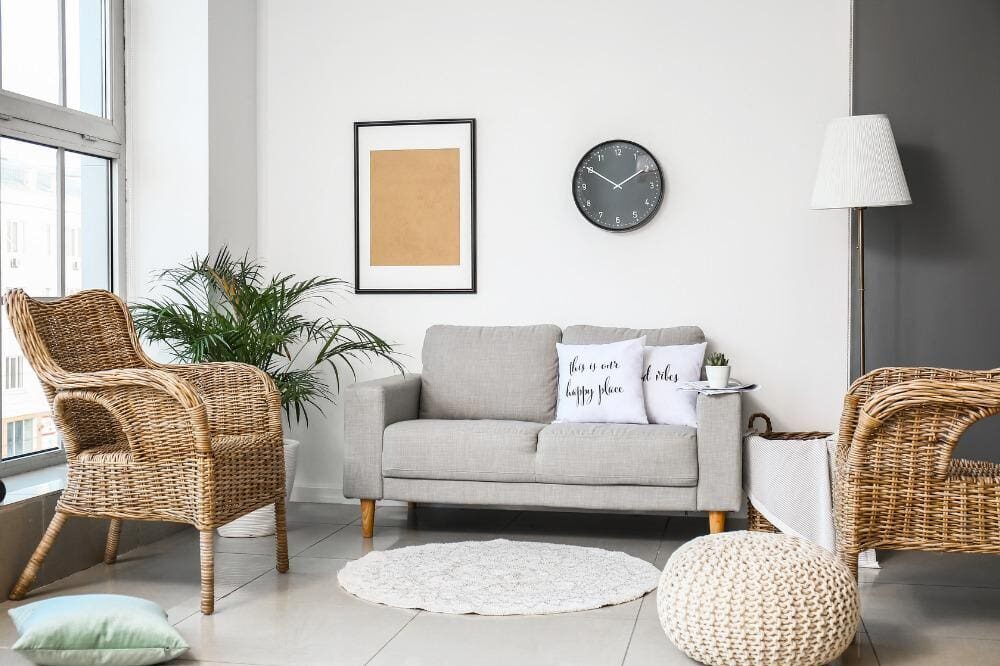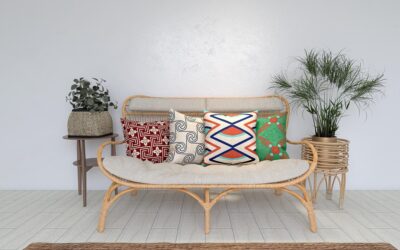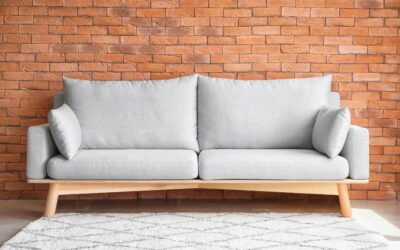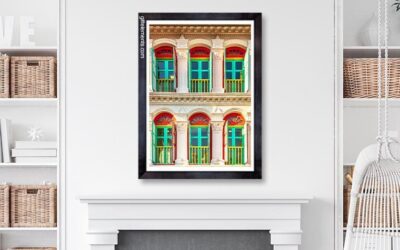There was a time when design and décor meant putting a lot of colours together. Interior design worked on the rule that the more the elements, the better. The trend today is different. Today the principle in design is “less is more”. The lesser the number of elements used for design or interior décor, the more are their impact. When you avoid cluttering up space with too many design elements, you allow more whitespace to be seen. This whitespace helps to highlight the design elements used and makes it stand out. This design concept is known as minimalism.
Minimalism in interior design
Minimalism is a concept that originated during the middle of the 20th century. It was essentially a cultural movement that stressed the fundamentals of design. The focus was on solid colours, basic shapes, and simple forms and functions. Since then, minimalism has been used everywhere in interior design, architecture, artwork, music, and theatre. In the world of interior design, minimalism stands for simplicity. It highlights primary lines, shapes, arrangements, and colours.
Minimalism in design involves the following:
- Keeping a space simple without complicated items.
- An uncluttered design that uses a minimal number of design elements.
- The lines used in the design are clean with basic geometric shapes.
- The palette used is monochromatic in nature. Colour is used as an accent for the design.
- Every element used in the design would be functional
- The focus thus is not on quantity but on quality.
- The end result of the design should be to bring focus on the space and the architecture, rather than on the design itself.
One of the significant aspects of minimalist art is how it is different from abstract art. Abstract art is basically complex and is an expression of the artist. Minimalism, on the other hand, is always simple, and recognisable. It is crisp, familiar, and can be identified easily. This is what makes minimalism a modern and yet unpretentious form of design. It is a design that uses basic elements to create a stylish and sophisticated appearance.
Minimalism in wall décor
While planning the interior design of a place, the walls must be included as part of the decor. Whether in a home or an office, the wall plays a prominent role in interior design. The right décor on the wall can enhance the appearance of a room. The wall décor can become the focal point of the entire room design. Following a minimalist design in the overall interior design and the wall décor will help in creating a unified effect.
A minimalist wall décor should be simple, and this allows whitespace to stand out. It avoids the excessive use of colours, shapes, and textures. It avoids all those elements that clutter your wall and make it appear overwhelming. The use of minimalism helps in ensuring harmony between all the design elements in a room. It creates balance in the design for a modern and trendy style.
Minimalist art décor types
The following are some interior design wall art ideas that are minimalist and will blend into your overall interior design.
1. Black and white photography
Black and white photography is one of the best examples of a minimalist design that you can use in your space. A black and white photograph is achromatic. This means it is “without colour” or only appears in white, black, grey and neutral tones. Black and white photography can be very compelling and are far from boring. It fits into any interior space due to its neutral or lack of colour and is the perfect accompaniment to a minimalist style. Rooms with black and white photographs as wall art also tend to exude a more nostalgic, mature and classical ambience.


2. Grid and line drawing
One of the best home décor ideas to use for your wall design is grid and line art. Line drawings are characterised by bold, clear and clean lines to create a shape. These shapes are usually not coloured and traditionally drawn with dark ink on light background. The simplicity of line art creates a welcoming and relaxing atmosphere. Interior spaces with line art suggests openness and freedom. Line drawing also focuses the perspective and creates thoughtfulness. The overall emptiness brought by line art blends well with the schematics of a minimalist room design. In fact, line drawing is becoming such a popular trend and these days taking over home design. Some examples of line art are simple geometric line drawings, female figures, botanical flower or leaf art. A grid wall art décor helps to create symmetry on your walls.


3. Geometric art
Geometric art embraces the use of straight lines, points, and angles. Measurements may or may not be equal. Geometric drawings present precise shapes and forms. Squares, triangles, circles, rectangles and hexagons are examples of geometric shapes. When placed together, geometric shapes can create interesting patterns, especially when combined with colour. Geometric patterns portray strength and clarity. They bring forth concepts of mathematics, structural science and philosophy. Geometric aesthetics are a great way to enhance or minimise architectural features in a minimalist interior space. A large framed geometric wall art makes a room look intelligent, futuristic and ultra-modern.


4. Colour Blocking
Wall art posters with blocks of colours make use of single or multiple solid colours to create accent features. Colour blocking originated from the fashion world that has made its way into interior design. If you want a touch of colour in your minimalist home decor, hang wall art that adds a pop of colour into your space without disrupting the minimalism. Colour block wall art usually consists of one to three flat shapes (no topographic shading) in complementary colour combinations. They are great for the minimalist style because colour block drawings do not contain many features other than the stark colours. Colour block wall art brings a stimulating and refreshing ingredient to the minimalist interior decor.


5. Landscape art
Landscape drawing is artwork that portrays natural scenery such as mountains, cliffs, beaches, oceans, trees, rivers, valleys and forests. Landscape art can be abstract or realistic. It is usually characterised by a great deal of detail and skill. The outcome of landscape drawings depends on the artists vision and depiction of nature. Therefore, the same scenery can be drawn in different ways and presented in different colour combinations. Landscape drawings can also be purely imaginative. The connection it creates with nature brings a sense of spirituality into a room. Landscape art in a minimalist space creates a window or layer into another dimension.


6. Letter/typography art
Typography art uses lettering or arrangement of letters. It is often used in modern art and design. Quotes and inspirational words arranged in interesting forms are popular forms of typography art. Letters usually appear specific even if they are presented in an imprecise manner. At the end of the day, these letters always mean something and aim to convey a comprehensible message. Because of this, typography art almost always appear uncluttered and clear, which works well as wall decor in minimalist spaces. Typography art is far from boring or academic. They can be very expressive and the messages are thought-provoking.
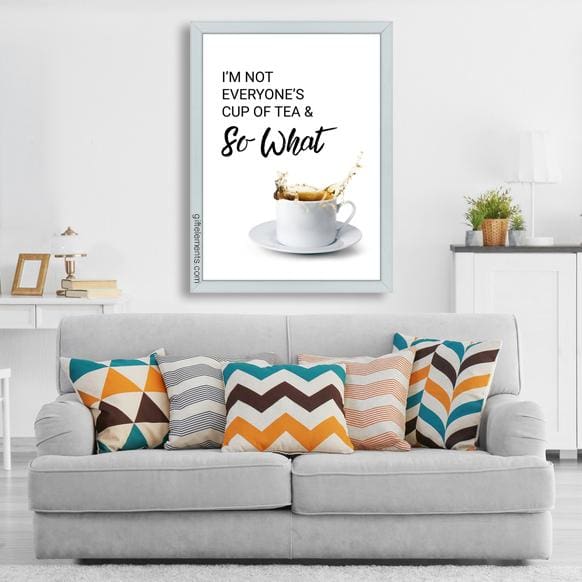

7. Pattern art
Pattern drawings introduce predictability, repetition and symmetry into a room. This works well if you do not like surprises in your minimalist home decor. Pattern art provides an all-in-one opportunity to bring both line and shape in one artwork. Colours in pattern art can be vibrant or muted. The lines and shapes can be both organic or geometric. Most importantly, pattern drawings can imbue a sense of balance, strength and stability into a minimalist interior decor. This is because patterns represent a form of structure constructed from well-thought arrangements of lines and shapes.


8. Zen art
Zen art uses imagery from various religions. But the philosophy surrounding Zen art is grounded in Buddhism. Despite the religious underpinnings, Zen art does not necessarily always depict religious figures and icons. The primary objective of Zen art is to bring peace and tranquility. This means a piece of Zen wall art will truly deliver the objective of minimalism i.e. an uncluttered mind and soul. Zen art has an expansive and spiritual effect. It is a great focal point to bring about a meditative mood in the room. Zen art can portray religious sceneries or activities, and any other imagery that invokes a sense of devotion.



